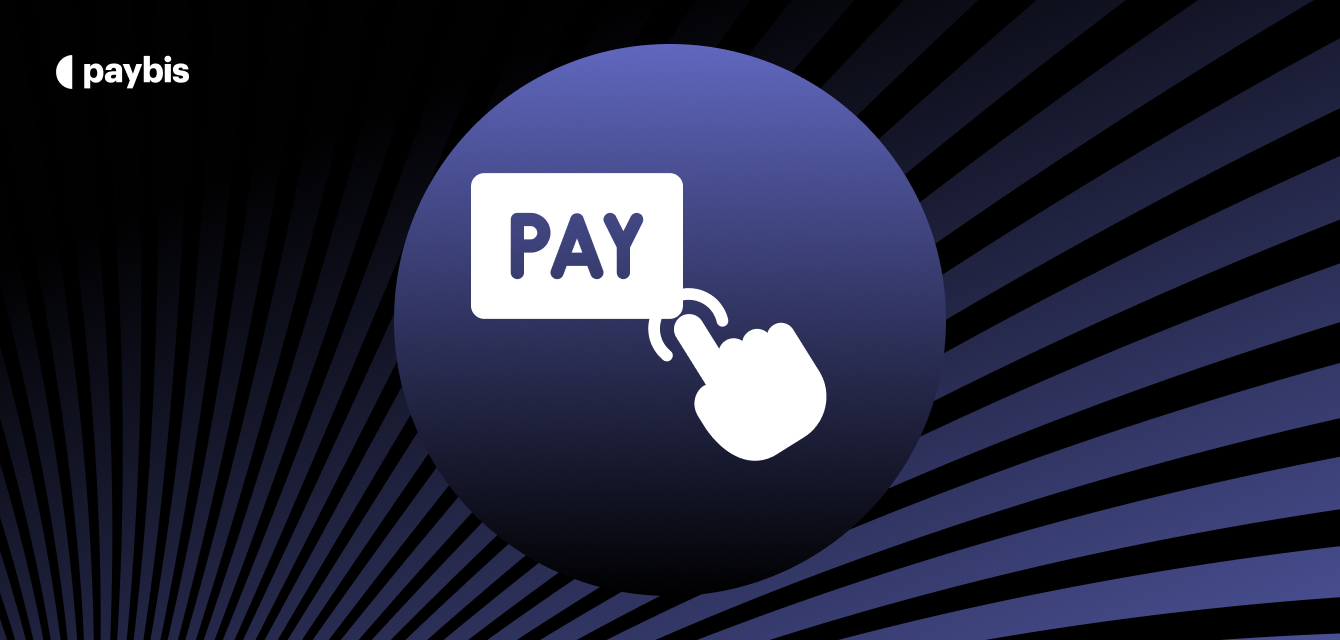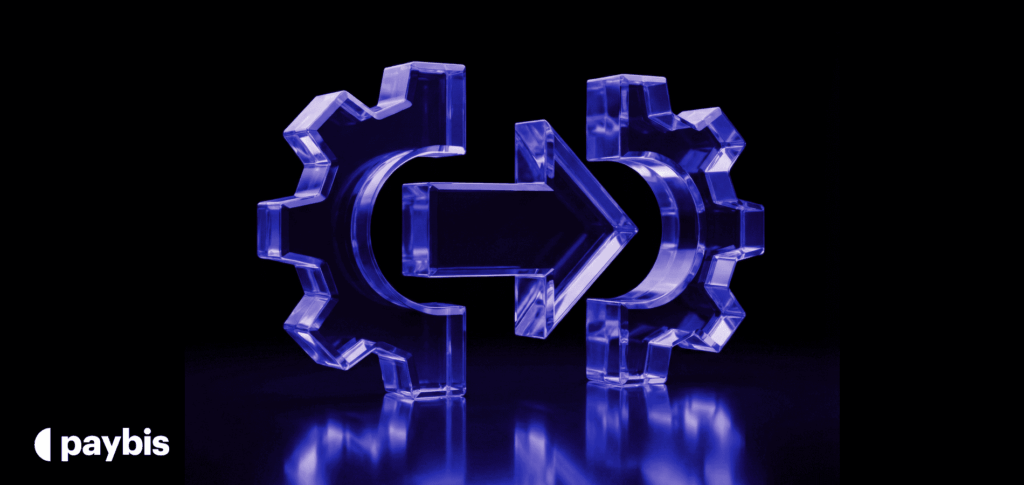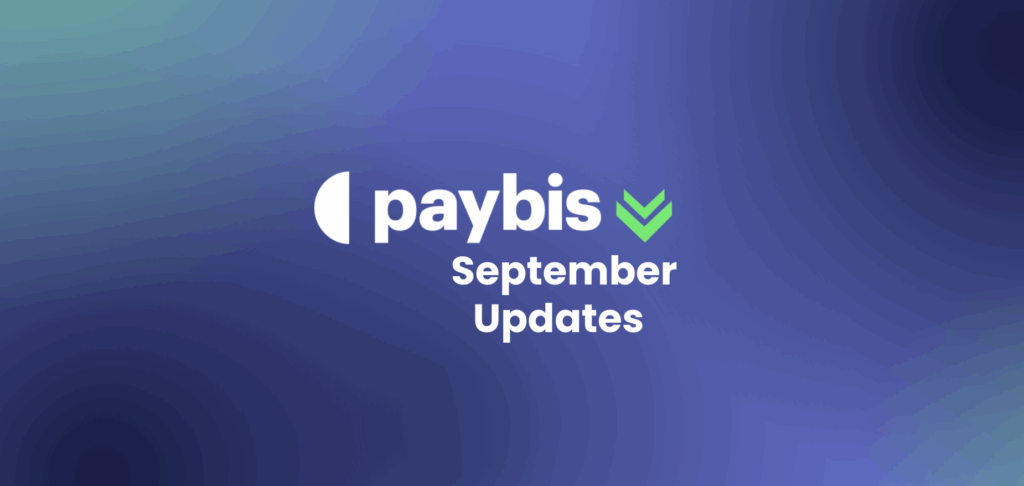Top Payment Methods Among Users to Buy Cryptocurrencies
Cryptocurrencies have witnessed a monumental shift in recent years, evolving from a niche market to a mainstream financial phenomenon. This surge in popularity has brought with it a need to understand the various payment methods available for buying cryptocurrencies.
The choice of payment method is not just a transactional decision; it often reflects the user’s priorities, whether it’s speed, security, convenience, or cost-effectiveness.
Table of contents
Credit Cards
Credit cards have become a significant player in the cryptocurrency market.
As of 2023, credit card usage remains a significant part of financial transactions in the United States. The landscape of credit card ownership is quite diverse, with an impressive 84% of U.S. adults owning a credit card.
A survey by the Ontario Securities Commision indicated that 28% of cryptocurrency buyers use credit cards as a method of payment.
As per Paybis data, we observed an increase in credit card usage in 2023. Credit card as a payment method accounts for about 25% of transaction volume.
One of the primary reasons for the widespread use of credit cards is their convenience. With just a few clicks, users can complete transactions, making the process fast and hassle-free. Many users are drawn to the potential rewards offered by their credit card companies, such as cashback, points, or miles, which can make these transactions more enticing.
This convenience comes with its own set of drawbacks.
Credit card purchases often entail higher fees compared to other payment methods, typically ranging from 1% to 8%, according to a 2023 report by CoinMarketCap. These fees can accumulate, especially for frequent traders, affecting the overall cost-effectiveness of transactions. Moreover, the risk of accumulating debt is a significant concern, as users might be tempted to invest more than they can afford to lose.
Debit Cards
Debit cards offer a more direct and potentially less costly means of purchasing cryptocurrencies, appealing particularly to those who prefer to invest within their financial means.
Unlike credit cards, which allow you to borrow money, debit cards limit your spending to what is available in your account. This direct linkage helps in managing finances more responsibly, reducing the risk of debt accumulation.
The average American has over $6,000 in credit card debt, creating a looming risk of overspending. Therefore, 47% of cryptocurrency investors prefer debit cards for purchases due to debt avoidance, compared to 38% for credit cards.
The fees associated with debit card transactions are generally lower than those for credit cards, making them a more cost-effective option for many users.
However, the use of debit cards is not without disadvantages. The most notable is the limitation imposed by the available balance in one’s account, which can restrict the scale of investments. A CoinMarketCap survey showed that 31% of crypto investors consider low spending limits a significant barrier to using debit cards.
Additionally, there are security concerns; while fraud protection exists, the direct connection to one’s bank account means that any security breach can have immediate financial consequences.
Regionally, the use of debit cards varies significantly. In areas with higher banking penetration, such as North America and Europe, there’s a noticeable preference for debit cards in crypto purchases. Conversely, in regions where banking infrastructure is less developed, the reliance on debit cards is markedly lower.
Localized Mobile Money Platforms
According to the World Bank, 1.7 billion adults globally remain unbanked in 2021, with over 80% residing in developing economies.
Traditional financial systems remain out of reach for them, creating a barrier to participating in the crypto revolution. In these places, mobile money platforms emerge as champions, offering a unique gateway to the world of digital assets.
Mobile money platforms provide user-friendly interfaces accessible through a simple smartphone and less paperwork, thus empowering you to buy and sell crypto easily. A staggering 79% of mobile money users in Sub-Saharan Africa cited ease of use as a key reason for adoption.
While mobile money platforms offer undeniable advantages, it’s crucial to acknowledge their limitations.
Firstly, their global reach is currently limited, primarily concentrated in developing economies. For example, adoption in regions like North America and Europe is relatively low compared to developing economies.
Secondly, transaction fees can vary depending on the platform and region. fees can range from 1% to 10% or more per transaction. High fees can discourage smaller crypto purchases, potentially hindering financial inclusion. Lastly, some platforms might have restrictions on certain cryptocurrencies or transaction sizes.
The impact of mobile money platforms is already evident in success stories from regions like Kenya and Nigeria, where services such as M-Pesa and Paga have streamlined access to cryptocurrencies.
Bank Transfer
For investors aiming to amass significant amounts of cryptocurrency, bank transfers are a powerful tool, breaking the limitations imposed by credit and debit card transactions and allowing for the transfer of large sums in a single transaction. The longstanding history and regulated nature of bank transfers also instill a deep sense of security and trust among users.
However, the relationship between traditional banks and the cryptocurrency sector is not without its frictions. Investors may encounter banks that impose restrictions on cryptocurrency transactions. A 2022 survey found that 12% of US banks restricted cryptocurrency transactions.
Moreover, unlike the quick transactions you get with credit cards, bank transfers typically take 2-5 business days to complete, which can be slow for time-sensitive investments. This slow pace can be a big problem for investors.
Data shows that the total volume of payments has been increasing over the past year, with the most popular payment method being Bitcoin.
One-Click Apple Pay
The integration of Apple Pay into Paybis’s system allows for a seamless transaction experience. Users no longer need to go through the usual lengthy process of entering payment details manually.
Instead, all the necessary information is conveniently and securely pulled from the user’s Apple account. This method drastically reduces the time and effort required to complete a purchase, making it an ideal option for both seasoned crypto traders and new entrants to the market.
The speed of transactions via One-Click Apple Pay is noteworthy. Even first-time customers can complete their purchases in as little as 25 seconds, especially when paired with Paybis’s No-KYC feature.
This feature enables customers in available regions to purchase up to $1000 (subject to change) in cryptocurrency without the need for identity verification, further streamlining the transaction process and enhancing the overall user experience.
Summing Up
The availability of multiple payment methods to buy crypto enhances accessibility and inclusivity, as different regions and demographics have varied access to and preferences for certain payment methods. This approach ensures that a broader range of users can engage with cryptocurrencies.
When businesses integrate Paybis to allow their users to buy cryptocurrencies, they also get the wide range of payment methods available on Paybis including the ones mentioned here.
Contact us to learn more about Paybis integration.
Disclaimer: Don’t invest unless you’re prepared to lose all the money you invest. This is a high‑risk investment and you should not expect to be protected if something goes wrong. Take 2 mins to learn more at: https://go.payb.is/FCA-Info




